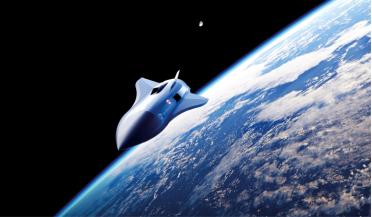 August 2020
Battle for the night sky - from telescopes to ad-breaks
August 2020
Battle for the night sky - from telescopes to ad-breaks
... from space. Previous attempts to provide this service focused on larger, more powerful and more expensive satellites in geostationary orbit (GEO), but they faced the issue of longer signal delays because of the greater distance compared with LEO...
 September 2023
A multifaceted approach to space sustainability
September 2023
A multifaceted approach to space sustainability
... other factors such as post-mission disposal. This has only been a consideration in geostationary orbit (GEO), where both the frequencies and the use of orbital positions are regulated by the ITU. But now, when radio regulators licence a system...
 September 2024
Hypersonics and the route to orbit
September 2024
Hypersonics and the route to orbit
...point-to-point travel and LEO missions. The next iteration, HELLO-2, will carry 5500 kg to LEO, 1730 kg to geostationary orbit (GEO) and 760 kg to the lunar surface, and will be followed later by a proposed HELLO-3M, a crewed lunar mission. Naturally...